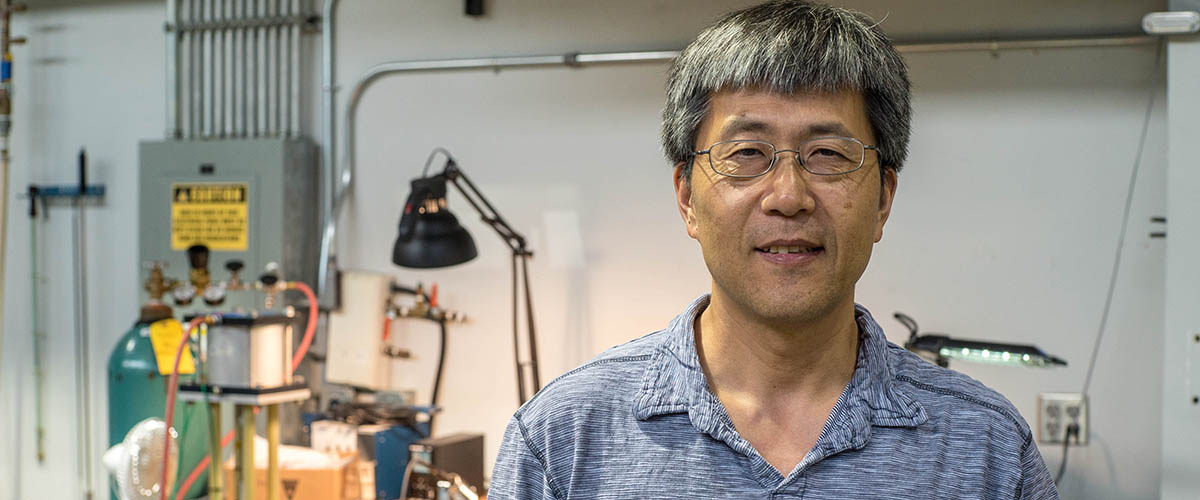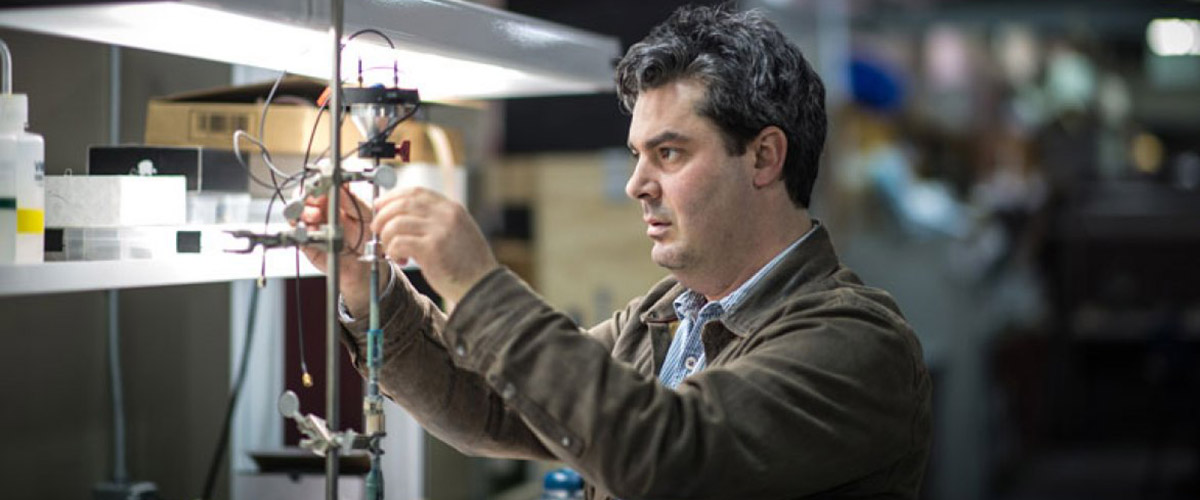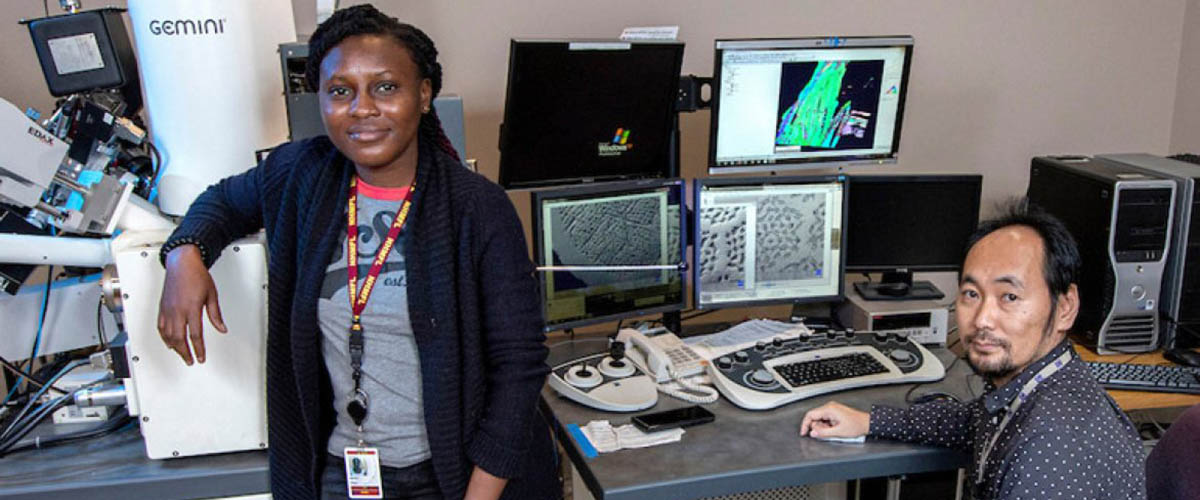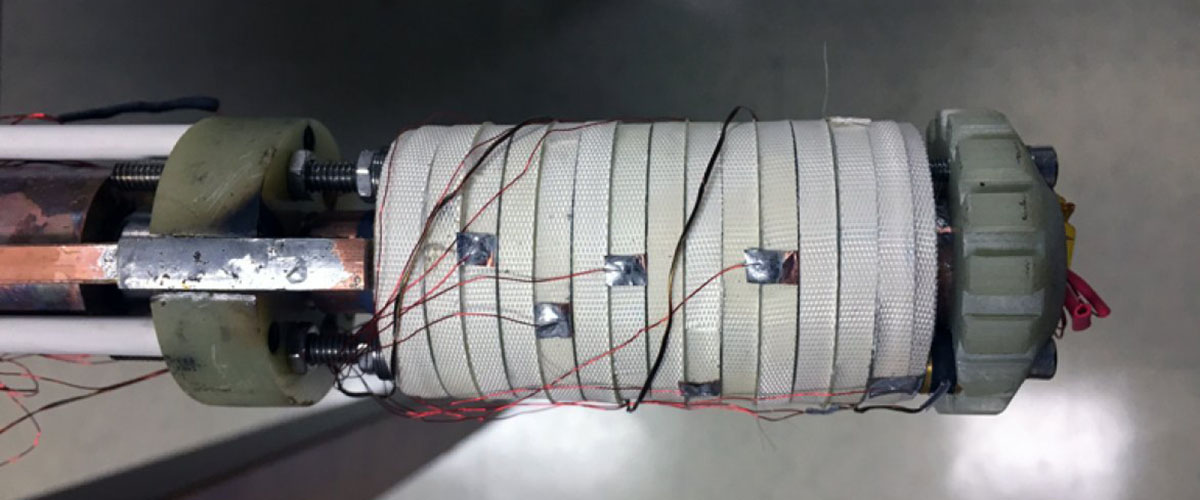Contact: Zachary Boehm
TALLAHASSEE, Fla. — National MagLab researcher Jun Lu has received funding from Florida State University (FSU) to adapt his pioneering research into a cutting-edge commercial product. Lu, an engineer with the MagLab's Magnet Science and Technology division, is one of two FSU researchers to receive the funding through the university's GAP competition.
Lu, along with Julie Harrington, director of FSU's Center for Economic Forecasting and Analysis, made a successful presentation at the biannual competition, an event organized by the Office of the Vice President for Research where entrants pitch their ideas to a committee of state and local businesspeople.
Lu's proposal was for a novel oxidization treatment for superconducting magnets that could allow compact, economical superconductive materials to produce powerful magnetic fields.
"The innovative work produced by researchers at Florida State is helping to solve important problems around the world," said Vice President for Research Gary K. Ostrander.
"The GAP program provides instrumental support and mentorship to researchers as they marshal their ideas through development and into the marketplace."
Lu's proposal related to a breakthrough treatment system for next-generation superconducting magnets. Lu introduced a novel method for using oxidization to treat rare-earth barium copper oxide (REBCO) superconductors, a revolutionary class of potentially high-powered superconductors manufactured as long spools of tape. At present, REBCO superconductors, a family of high-temperature superconductors, are hampered by long magnet charging times, high energy consumption and magnetic field drift — all of which preclude the technology from being broadly applied. Lu's oxidization process, which coats the superconductors in a thin layer of surface oxide and helps to modulate contact resistance, mitigates the technology's drawbacks without sacrificing its many advantages. Lu and his team will receive $30,315 in funding.
Harrington's proposal related to a state-of-the-art tool for advanced economic analysis. Harrington developed a system for economic impact research that produces comprehensive economic data with unprecedented levels of depth and accuracy. She and her team will receive $46,000 in funding.
Over the past 10 years, the GAP program has awarded university researchers more than $2 million for projects designed to develop new cancer treatments, wearable phototherapeutic products and advanced tools for educational assessment.
Funding was provided by the Office of the Vice President for Research. For more information about the GAP competition, visit the FSU Office of Commercialization.
Story by Zachary Boehm courtesy of FSU Communications






